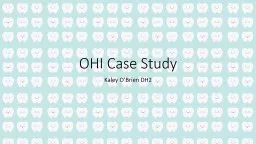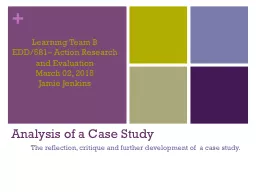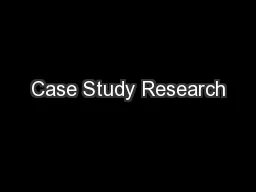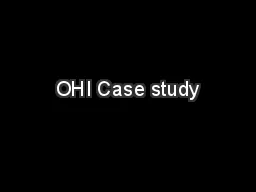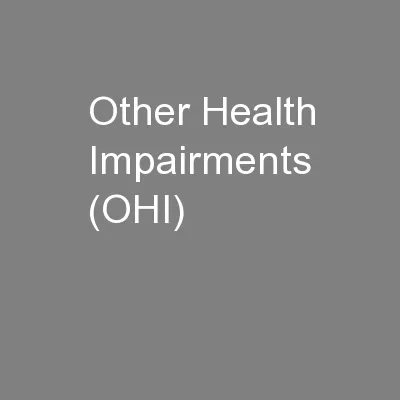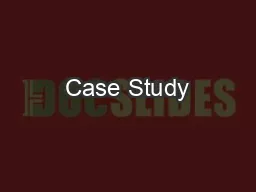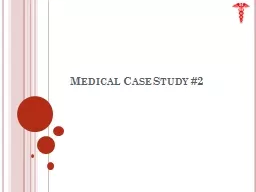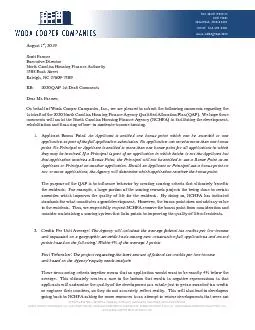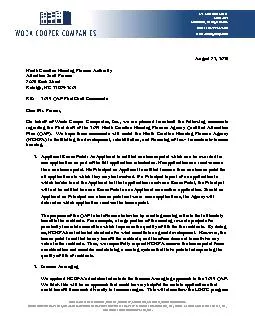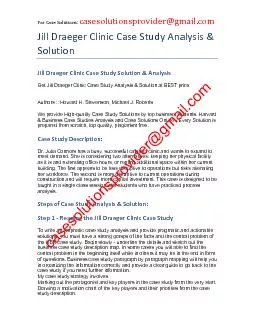PPT-OHI Case Study
Author : alexa-scheidler | Published Date : 2017-08-05
Kaley OBrien DH2 First Visit Patients gingival condition Generalized moderate papillary and marginal hyperemia Generalized severe papillary and marginal enlargement
Presentation Embed Code
Download Presentation
Download Presentation The PPT/PDF document "OHI Case Study" is the property of its rightful owner. Permission is granted to download and print the materials on this website for personal, non-commercial use only, and to display it on your personal computer provided you do not modify the materials and that you retain all copyright notices contained in the materials. By downloading content from our website, you accept the terms of this agreement.
OHI Case Study: Transcript
Download Rules Of Document
"OHI Case Study"The content belongs to its owner. You may download and print it for personal use, without modification, and keep all copyright notices. By downloading, you agree to these terms.
Related Documents

